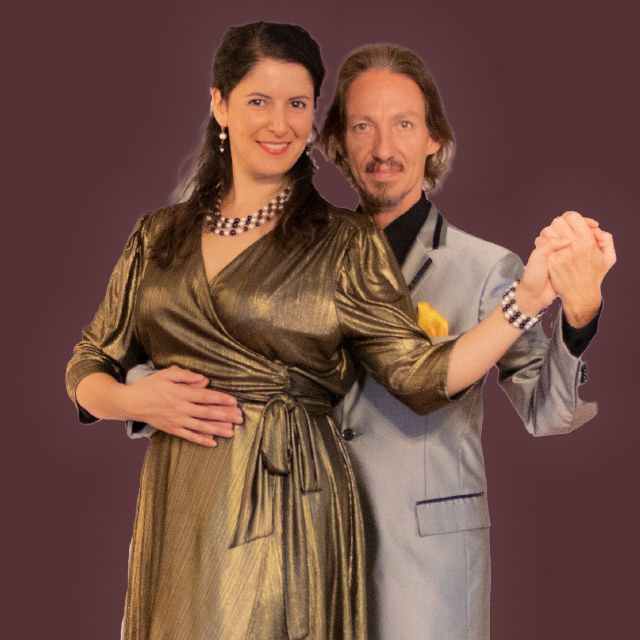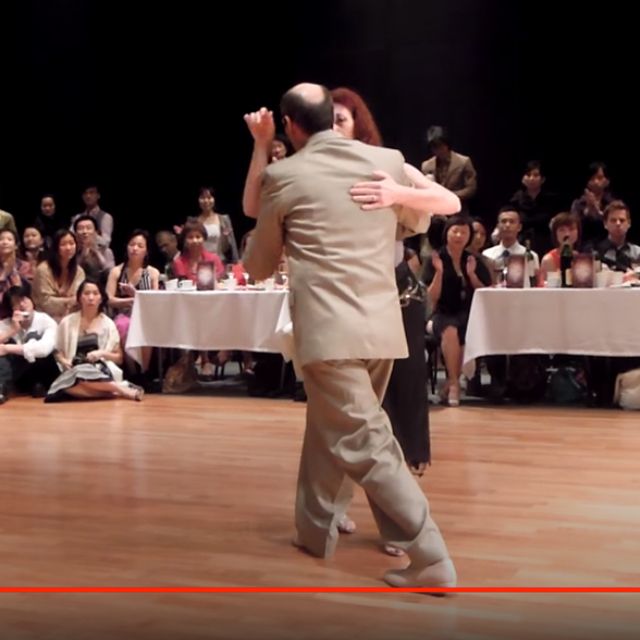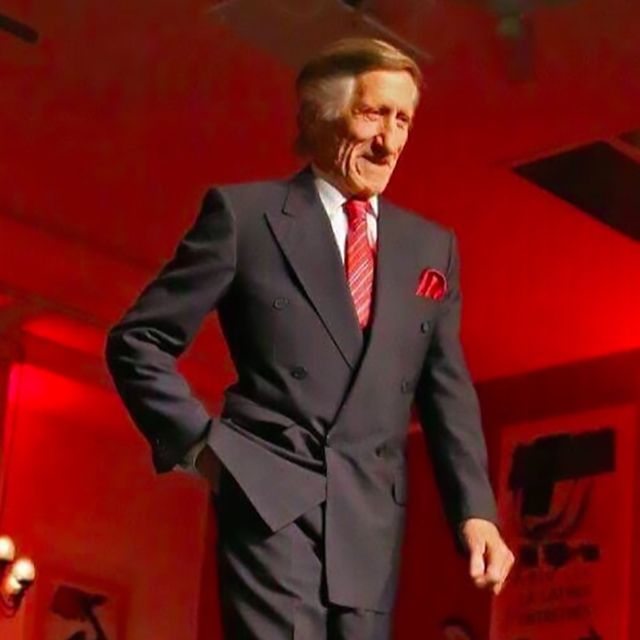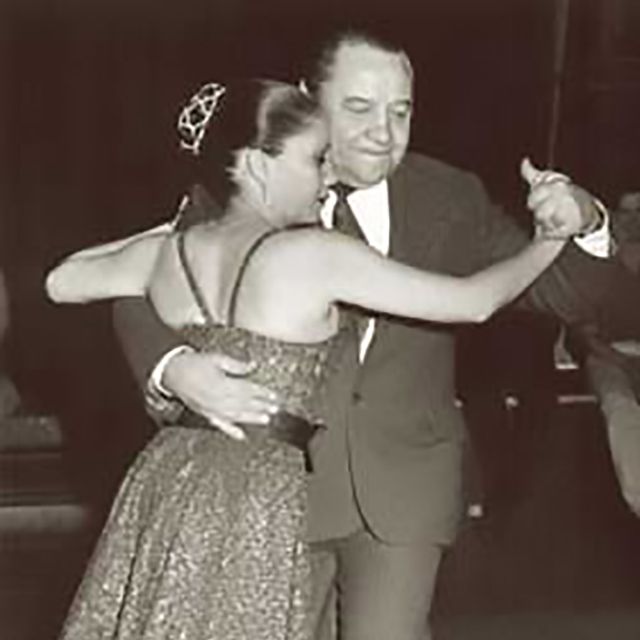Argentine Tango dance with Mimi at Enchanted Tango Home
Argentine Tango dance with Mimi at Enchanted Tango Home
Why dancing? What for?
I made this thought experiment about it:
Let’s imagine that before being born, you are given the choice to live or not.
You know nothing about life since you haven’t experienced it; and no one can explain it to you for the same reason, since in your non-existent state you are not able to grasp anything about what existing means, you wouldn’t understand comparisons nor metaphors because there is nothing you can compare to or metaphorize.
The only experience you have at this point is nothingness.
However, you can watch the lives of people. Like on a big-screen television or at the movie theater, you can watch life happening for the billions of people that are alive, without plot, argument, chapters, or selection of location. You watch it all going on together, and your attention drifts here and there, to anything or anyone that calls your attention.
Like being a child and being taken to a dance party for the first time and watching the crowd dancing. Some dancers catch your attention and that is what you see and will remember.
You won’t be able to give a rational answer in your response to the offer of being born or not, since to be rational you need some data, information, some knowledge, but that is impossible. You have only the emotions that those images of seeing the lives of people triggered in you to formulate your answer.
Your answer would be based solely on your emotions.
You may be afraid, in which case you’ll reject the offer.
You may be curious, in which case you’ll accept the offer.
You could be cautious, in which case you’ll reject the offer.
You could be reckless, in which case you’ll accept it.
How about having someone explaining to you what life is like? You would be educated on the matter, but now your decision would very much be influenced by your teacher. If your teacher loves life, most likely you’ll choose to live. Your teacher will encourage you to have confidence in life. All the facts and information that your educator presents to you will condition your choice since those facts and pieces of information gathered for you by your teacher are surely justifications of your teacher’s preference for life. Education is mainly an emotional affair.
It is the same in the case of dancing.
You watch people dancing, and your sensitivity guides your attention.
No one can explain the meaning of dancing to you, but someone can encourage or discourage you from dancing.
Dancing, or the idea of dancing, awakens emotions in you, which you may accept or reject.
Then, if you decide that your answer is to accept, once you are fully into it, you cannot go back.
To stop dancing would be suicidal.
Watch more Argentine Tango performances
- Watch more performances by Marcelo Solís
- Watch our video lessons
- More performances by other Argentine Tango Maestros
Now we also have virtual online classes
Learn to dance Argentine Tango in the San Francisco Bay Area:









